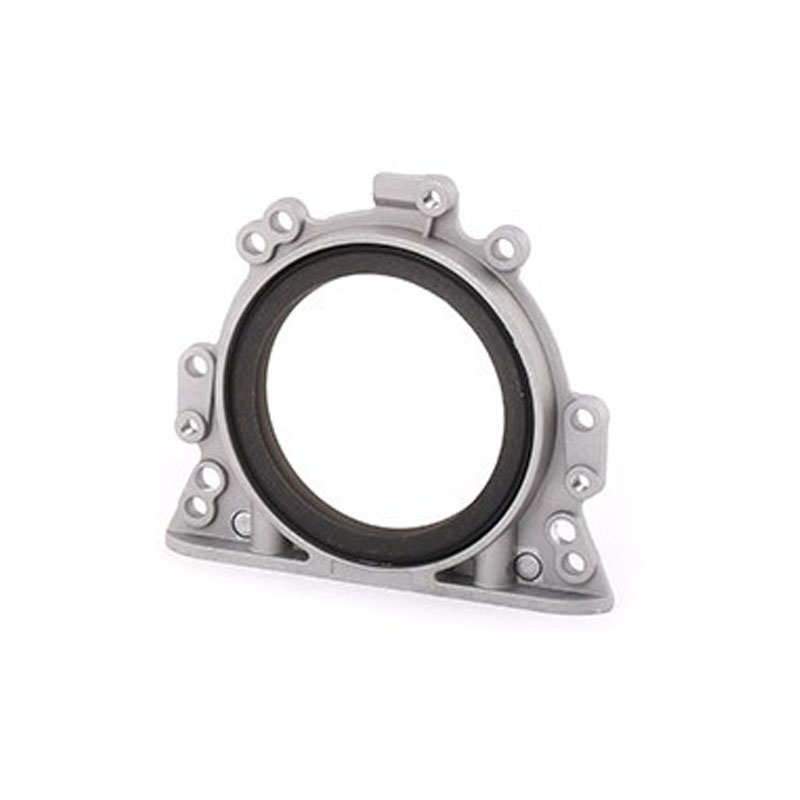m14 sump plug
Understanding the M14 Sump Plug Importance and Functionality
In the realm of automotive engineering and maintenance, numerous components play pivotal roles in ensuring the smooth operation of vehicles. Among these components, the sump plug, particularly the M14 type, is often overlooked despite its critical function in safeguarding the engine's integrity. This article delves into the details surrounding the M14 sump plug, emphasizing its importance, functionality, and maintenance practices.
What is an M14 Sump Plug?
A sump plug, also known as an oil drain plug, is a crucial element in the oil pan of an internal combustion engine. The M14 designation indicates its size, with M referring to the metric thread standard and 14 denoting the diameter of the thread in millimeters. The M14 sump plug is commonly used in various automotive applications, especially in European vehicles where standard metric measurements are prevalent.
The Role of the Sump Plug
The primary function of the M14 sump plug is to provide a secure closure for the oil pan, which holds the engine oil necessary for lubrication. This plug allows for the draining of the old oil during oil changes, ensuring that the engine operates efficiently and without excessive wear. Neglecting to properly maintain the sump plug can lead to severe consequences, such as oil leaks, which might result in catastrophic engine damage.
Installation and Tightening
m14 sump plug

Proper installation of the M14 sump plug is crucial for effective performance. When installing the plug, it is essential to use a new washer or O-ring to ensure a proper seal and prevent leaks. Over-tightening the plug can lead to thread damage or cracking, while under-tightening can result in oil leaks. It is recommended to use a torque wrench to achieve the manufacturer-specified torque settings, ensuring the plug is secure without risking damage.
Maintenance Considerations
Regular maintenance involving the sump plug is vital for vehicle longevity. During routine oil changes, the sump plug should be inspected for wear or damage. If there are signs of stripping or corrosion, replacing the plug is crucial to avoid future issues. Additionally, using quality oil and filters can mitigate contaminants that might affect the oil's quality, prolonging the lifespan of the sump plug and the engine.
Signs of Trouble
Several warning signs may indicate issues with the M14 sump plug that require immediate attention. Oil spots or puddles under the vehicle can signify a leaking sump plug. Unusual noises from the engine could suggest that oil levels are low due to a leak. In such instances, inspecting the sump plug and the surrounding area for damage or loose connections is essential. Regularly checking the oil level will help identify any drops in oil quantity, prompting necessary maintenance to avoid severe engine damage.
Conclusion
The M14 sump plug may seem like a small component in the grand scheme of automotive engineering, but its role is undeniably significant. By understanding its function, ensuring proper installation, and keeping up with regular maintenance, vehicle owners can prevent oil leaks and potential engine damage. As with all aspects of vehicle maintenance, being proactive rather than reactive will lead to a more reliable and longer-lasting engine. Whether you're a seasoned mechanic or a car enthusiast, recognizing the importance of the M14 sump plug is crucial to maintaining your vehicle's health and optimizing its performance on the road.
-
The Ultimate Guide to Boat Propeller Bearings and Trailer Wheel Bearings
News Jul.31,2025
-
The Essential Guide to Marine Bearings and Boat Trailer Wheel Bearings
News Jul.31,2025
-
The Complete Guide to Heavy Duty Seals: Protecting Doors and Spaces Efficiently
News Jul.31,2025
-
Essential Guide to Marine Shaft Bearings and Boat Trailer Axle Bearings
News Jul.31,2025
-
Comprehensive Guide to Marine and Trailer Bearings for Safe Boating and Transport
News Jul.31,2025
-
Comprehensive Guide to Automotive Oil Seals: Protecting Your Engine and Shafts
News Jul.31,2025
-
Understanding Automotive Oil Seals: Essential Components for Engine and Shaft Protection
News Jul.30,2025
Products categories















